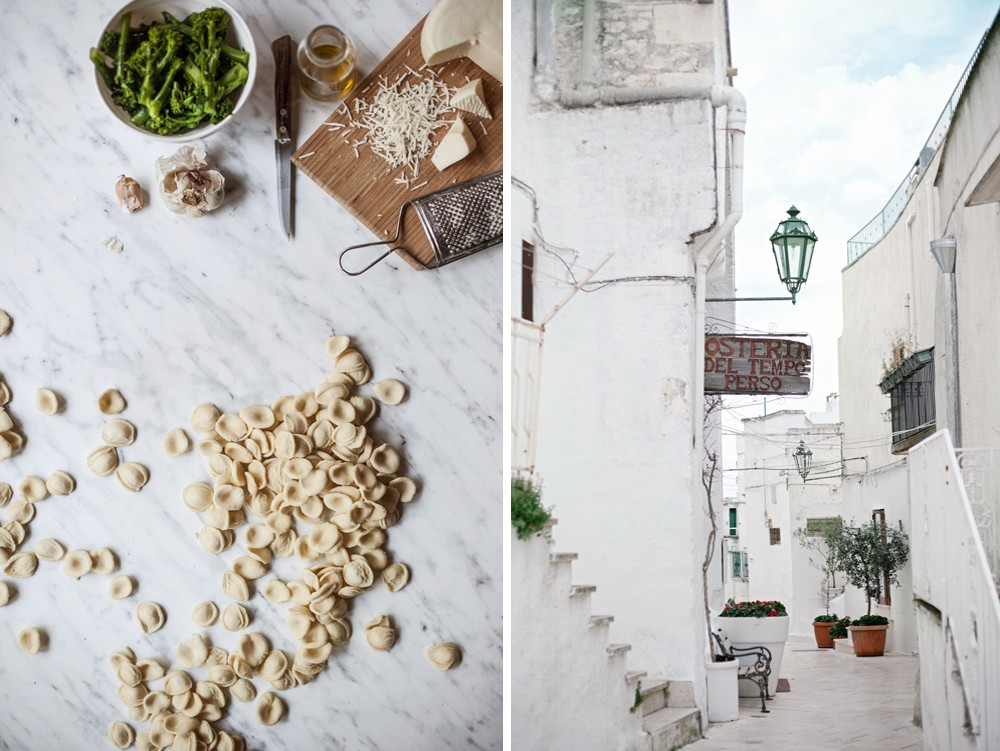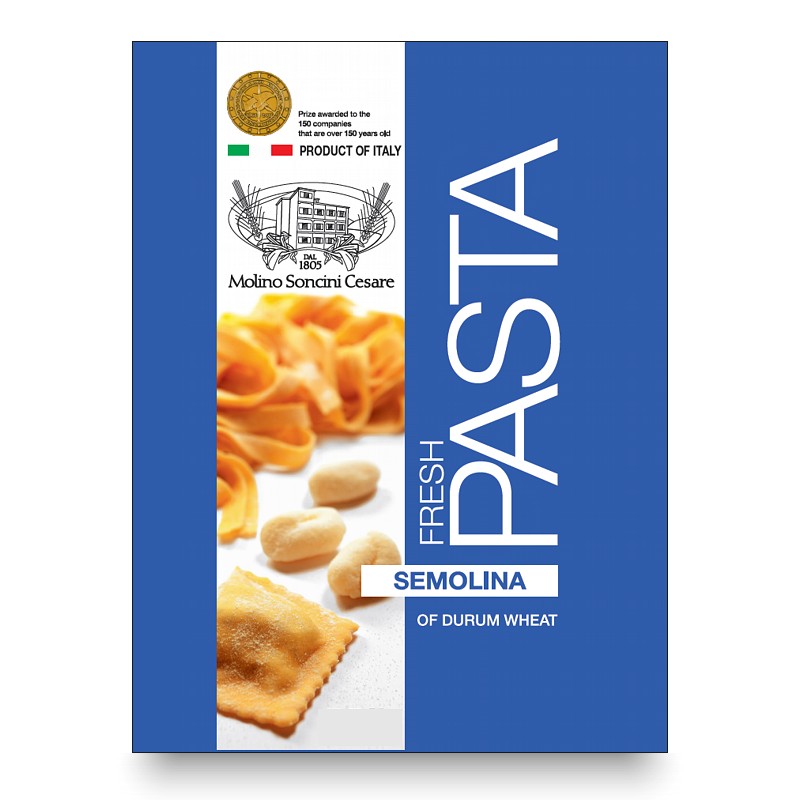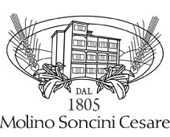7 July 2015, Puglia
Do you know that children's game, the one where the only rule is that you have to fill an imaginary suitcase, every now and again putting something new in it? Sometimes, it seems to me that I am playing this game: if so, then I want to fill my suitcase with the air of Emilia Romagna, the colours of Veneto, the sacredness of Umbria, the history of Tuscany, the timelessness of Roma, the imagination of Campagna, and the folklore of Puglia.
I would like to tell you about the white walls of Puglia, its houses made of the softest stone, and its olive trees, but above all I want to tell you about the legends of Puglia. Some of them seem stolen from our very streets and cupboards along with the roofs of the stone houses: they speak of ancient rocks that were once men, maddened by love and damned, betrayed by fate. They speak of women bitten by poisonous spiders: they cure themselves of the poison by dancing, getting rid of the venom with the help of musicians whose music served as an antidote.
Others speak of magic and religion: they speak of saints who knocked on doors asking people - the rich and the poorest of the poor alike - to light candles, one for each door, to ward off the plague.
Over time, the candles have become lights and lampshades and there are thousands of them. People from all over the world come to see them, and when I arrived here completely by accident, I could not help but ask myself if any of this really existed, or whether it was all part of a huge spell designed to make me fall in love with this land, where everything seems possible.
The way they make dough here also carries magic: their “orecchiette”, for instance, are designed to be long-lasting and therefore of service in the event of a famine.
There is magic in small everyday things here, and they are everywhere, like the music, the music which – sometimes even without you realising it – can save lives.
I do not know where I will go tomorrow, so I cannot give you an address that you can write to, but nonetheless, I will keep waiting for your letter or your arrival. Just like magic.
A warm embrace.
L.
Journeys into flour 7 - Puglia

Orecchiette wwith Pugliese turnip tops
First, the orecchiette must be prepared the day before: spread the semola flour out on a pastry board with a little salt, and make a hollow in the middle. Add the warm water and then start to work the mixture. Work it for around 10 minutes until the dough becomes smooth and compact. Cover it with a soft cloth or transparent cling-film, and leave it to rest for 10-15 minutes. Then take small pieces of the dough and roll each one on the floured pastry board with your fingers until they form into little tubes of average thickness. Cut each tube into pieces of around 1cm long, and then holding one side firm with the end of your finger, place the blunt side of a knife at the top of each piece and gently and quickly pull the knife across the dough, letting it wrap up over the knife to create an ear shape. Place the formed pieces onto a clean cloth, and leave them to dry out overnight.
Next day, clean your turnip tops, removing the leaves and any hard parts of the stem, and boil them in lots of slightly-salted water in a deep pot. Bring them to the boil, and after a few minutes, add the orecchiette: they will take 7-8 minutes to cook. While they are cooking, prepare the sauce: in a non-stick pan, lightly fry the chopped garlic with the anchovies and a little chilli pepper. Using a low heat, cook until the anchovies are dissolved, using a wooden fork if necessary to break them up. Drain the pasta and turnip tops, add the anchovy sauce and gently cook until it starts to froth slightly. Serve immediately, adding some grated cheese if desired.



